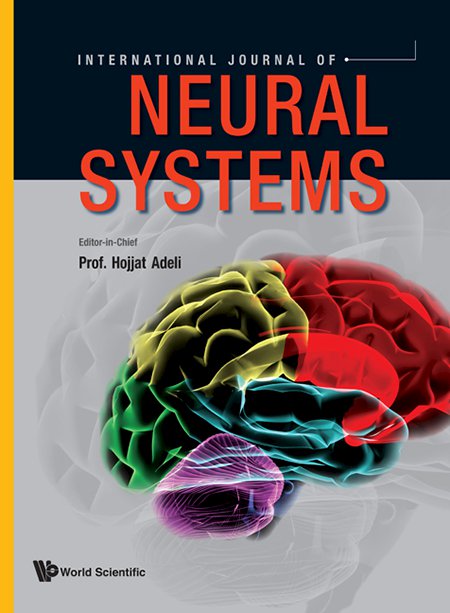基于迁移学习和多特征融合的深度神经网络癫痫发作预测
IF 6.4
2区 计算机科学
Q1 COMPUTER SCIENCE, ARTIFICIAL INTELLIGENCE
引用次数: 4
摘要
癫痫是最常见的神经系统疾病之一,严重影响患者的心理健康和生活质量。准确可靠的癫痫发作预测系统可以在癫痫发作前发出警报,为患者及其护理人员提供足够的时间采取适当的行动。这项研究提出了一种基于深度学习的有效癫痫发作预测系统,以便尽早预测癫痫发作。基于先验知识提取的手工特征和隐藏的深层特征通过特征融合模块进行互补融合,然后将混合特征输入到乘法长短期记忆(MLSTM)中,以探索EEG信号中的时间依赖性。实现了一维通道注意力机制,以强调MLSTM的多通道输出中更具代表性的信息。最后,提出了一种转移学习策略,将根据所有患者的脑电图数据训练的基础模型的权重转移到目标患者模型,然后使用目标患者的脑电图信息连续训练目标患者模型。该方法对SWEC-ETHZ颅内脑电图数据的平均灵敏度为95.56%,假阳性率为0.27/h。对于更具挑战性的CHB-MIT头皮EEG数据库,获得了89.47%的平均灵敏度和0.34/h的FPR。实验结果表明,该方法对颅内和头皮脑电信号都具有良好的鲁棒性和泛化能力。本文章由计算机程序翻译,如有差异,请以英文原文为准。
Epileptic Seizure Prediction Using Deep Neural Networks Via Transfer Learning and Multi-Feature Fusion
Epilepsy is one of the most common neurological diseases, which can seriously affect the patient's psychological well-being and quality of life. An accurate and reliable seizure prediction system can generate alarm before epileptic seizures to provide patients and their caregivers with sufficient time to take appropriate action. This study proposes an efficient seizure prediction system based on deep learning in order to anticipate the onset of the seizure as early as possible. Handcrafted features extracted based on the prior knowledge and hidden deep features are complementarily fused through the feature fusion module, and then the hybrid features are fed into the multiplicative long short-term memory (MLSTM) to explore the temporal dependency in EEG signals. A one-dimensional channel attention mechanism is implemented to emphasize the more representative information in the multi-channel output of the MLSTM. Finally, a transfer learning strategy is proposed to transfer the weights of the base model trained on the EEG data of all patients to the target patient model, and the latter is then continuously trained using the EEG data of the target patient. The proposed method achieves an average sensitivity of 95.56% and a false positive rate (FPR) of 0.27/h on the SWEC-ETHZ intracranial EEG data. For the more challenging CHB-MIT scalp EEG database, an average sensitivity of 89.47% and a FPR of 0.34/h are obtained. Experimental results demonstrate that the proposed method has good robustness and generalization ability in both intracranial and scalp EEG signals.
求助全文
通过发布文献求助,成功后即可免费获取论文全文。
去求助
来源期刊

International Journal of Neural Systems
工程技术-计算机:人工智能
CiteScore
11.30
自引率
28.80%
发文量
116
审稿时长
24 months
期刊介绍:
The International Journal of Neural Systems is a monthly, rigorously peer-reviewed transdisciplinary journal focusing on information processing in both natural and artificial neural systems. Special interests include machine learning, computational neuroscience and neurology. The journal prioritizes innovative, high-impact articles spanning multiple fields, including neurosciences and computer science and engineering. It adopts an open-minded approach to this multidisciplinary field, serving as a platform for novel ideas and enhanced understanding of collective and cooperative phenomena in computationally capable systems.
 求助内容:
求助内容: 应助结果提醒方式:
应助结果提醒方式:


